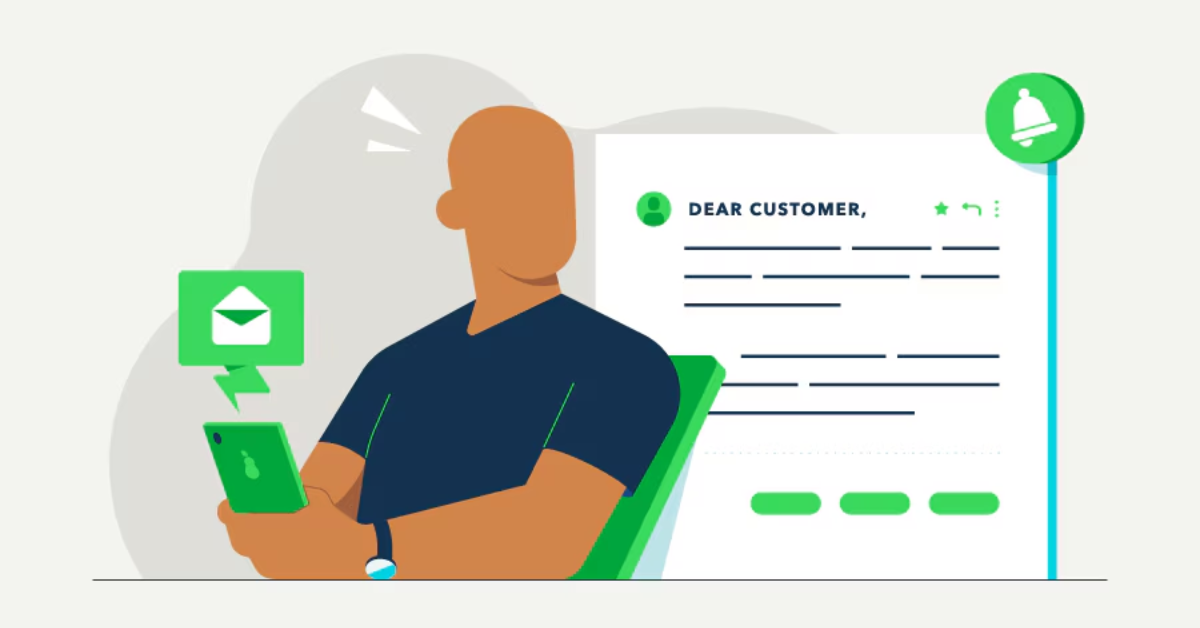Maintaining a steady cash flow is essential for growth and sustainability in any business. However, one common challenge many businesses face is dealing with unpaid invoices. Sometimes, clients or customers may delay payments due to a variety of reasons, leading to past-due invoices. This is where a well-crafted past-due invoice letter comes in handy.
In this blog, we’ll explore what a past-due invoice letter is, why it’s important, how to use it effectively and provide tips on writing one. We will also discuss the differences between using a PO box and a street address for invoicing and payment collection and offer links to helpful invoice payment letter templates to streamline your communication process.
What is a Past Due Invoice Letter?
A past-due invoice letter is a formal notice sent by a business to a customer or client who has missed their payment deadline. This letter serves as a polite but firm reminder to the client that their payment is overdue and outlines the steps they need to take to fulfill their financial obligation.
Typically, these letters include details like the invoice number, the amount owed, the original due date, and any applicable late fees. The tone of the letter can range from friendly to urgent, depending on how long the payment has been outstanding.
Importance of Sending a Past Due Invoice Letter
1. Maintains Professionalism: Sending a formal notice helps to maintain a professional relationship between you and your customer, even when payment issues arise.
2. Encourages Prompt Payment: A reminder letter often motivates the client to settle their account promptly, especially when late fees are involved.
3. Provides Written Record: A past due invoice letter serves as documentation that your business made multiple attempts to recover payment. In case legal action becomes necessary, this can be valuable evidence.
4. Reduces Confusion: Sometimes, customers may genuinely forget or lose track of their due dates. Sending a reminder clears up any confusion and ensures that all parties are on the same page.
Key Components of a Past Due Invoice Letter
When crafting a past-due invoice letter, it’s important to include all the relevant information so that your message is clear, concise, and effective. Here are some key elements to include:
1. Subject Line: Start with a direct and professional subject line such as “Past Due Payment Reminder: Invoice 12345.”
2. Greeting: Address the recipient by name to keep the tone professional and personal.
3. Invoice Information: Clearly state the invoice number, the original due date, and the amount owed.
4. Late Fees (if applicable): Mention any late fees that have been incurred due to the missed payment deadline. Be specific about how much the fee is and how it will accumulate if payment isn’t made soon.
5. Payment Instructions: Make it easy for the customer to pay you. Include instructions on how they can make the payment, whether it’s through online banking, credit card, or mailing a check.
6. Consequences of Non-payment: In more severe cases where multiple reminders have been sent, you may want to mention the next steps, such as suspending services, engaging a collections agency, or taking legal action.
7. Contact Information: Provide a way for the customer to reach out if they have questions about the invoice or payment process.
Example of a Past Due Invoice Letter Template
Here’s a basic template for a past-due invoice letter:
————————————————————————————————————————–
Subject: Payment Reminder – Invoice 12345
Dear [Client’s Name],
I hope this message finds you well. We would like to remind you that payment for invoice 12345, which was due on [Due Date], is now overdue. The total amount outstanding is [Amount Due].
We kindly request that you submit the payment at your earliest convenience. If payment has already been made, please disregard this notice. If there are any issues or discrepancies with the invoice, please contact us immediately so we can resolve them.
Invoice Details:
– Invoice Number: 12345
– Invoice Date: [Invoice Date]
– Due Date: [Due Date]
– Amount Due: [Amount Due]
Please make the payment using one of the following methods:
[Payment Instructions]
Please note, that if the payment is not received within [Specify Time Frame], a late fee of [Late Fee Amount] will be applied, and we may have to suspend our services until the account is settled.
Thank you for your attention to this matter.
Sincerely,
[Your Name]
[Your Company Name]
[Contact Information]
–———————————————————————————————————————–
This template can be customized to fit the tone and style of your business while including all the critical details needed to encourage prompt payment.
PO Box vs Street Address: Which is Best for Invoicing?
When sending invoices, you may wonder whether to use a PO box or a street address as your business’s return address. Both options have their advantages and can influence how customers perceive your business.
PO Box
A PO box is a locked mailbox located at a post office, and it’s often used by businesses to maintain privacy and ensure secure mail handling. The key benefits of using a PO box for invoicing include:
– Privacy: If you work from home or don’t want to disclose your business’s physical location, a PO box keeps your private address hidden.
– Security: Mail sent to a PO box is less likely to get lost or tampered with since it’s held securely at the post office.
– Professionalism: A PO box gives the impression of a well-established business, even if you’re working from a small or home-based office.
Street Address
On the other hand, using a street address for invoicing can make your business feel more transparent and trustworthy, especially for clients who prefer dealing with local companies. The benefits include:
– Credibility: A physical address can make your business seem more legitimate, which may be appealing to certain customers.
– Package Handling: If you receive large shipments or deliveries, using a street address is necessary, as PO boxes cannot accept packages from private carriers like UPS or FedEx.
Both options have their place in business operations, and you can choose based on what best suits your needs. If you want to dive deeper into the differences, here’s a helpful resource on the topic: PO Box vs Street Address.
Helpful Invoice Payment Letters Templates
Writing past-due invoice letters from scratch can be time-consuming, especially if you have multiple overdue accounts. To save time and maintain consistency, you can use pre-designed templates that cover various scenarios, from first reminders to final notices.
These invoice payment letter templates can streamline the process, ensuring that your reminders are both professional and effective. Check out this comprehensive collection of invoice payment letter templates to get started.
Final Thoughts
Handling overdue invoices is a necessary part of running a business, but it doesn’t have to be difficult. By sending well-structured and polite past-due invoice letters, you can maintain professionalism while encouraging timely payments. Additionally, choosing between a PO box vs street address for invoicing can help optimize your payment process, depending on your business’s needs.
With the right invoice payment letter templates, you can simplify your communication and ensure consistency in every interaction with your customers.
Stay in touch to get more updates & alerts on Anonib! Thank you



